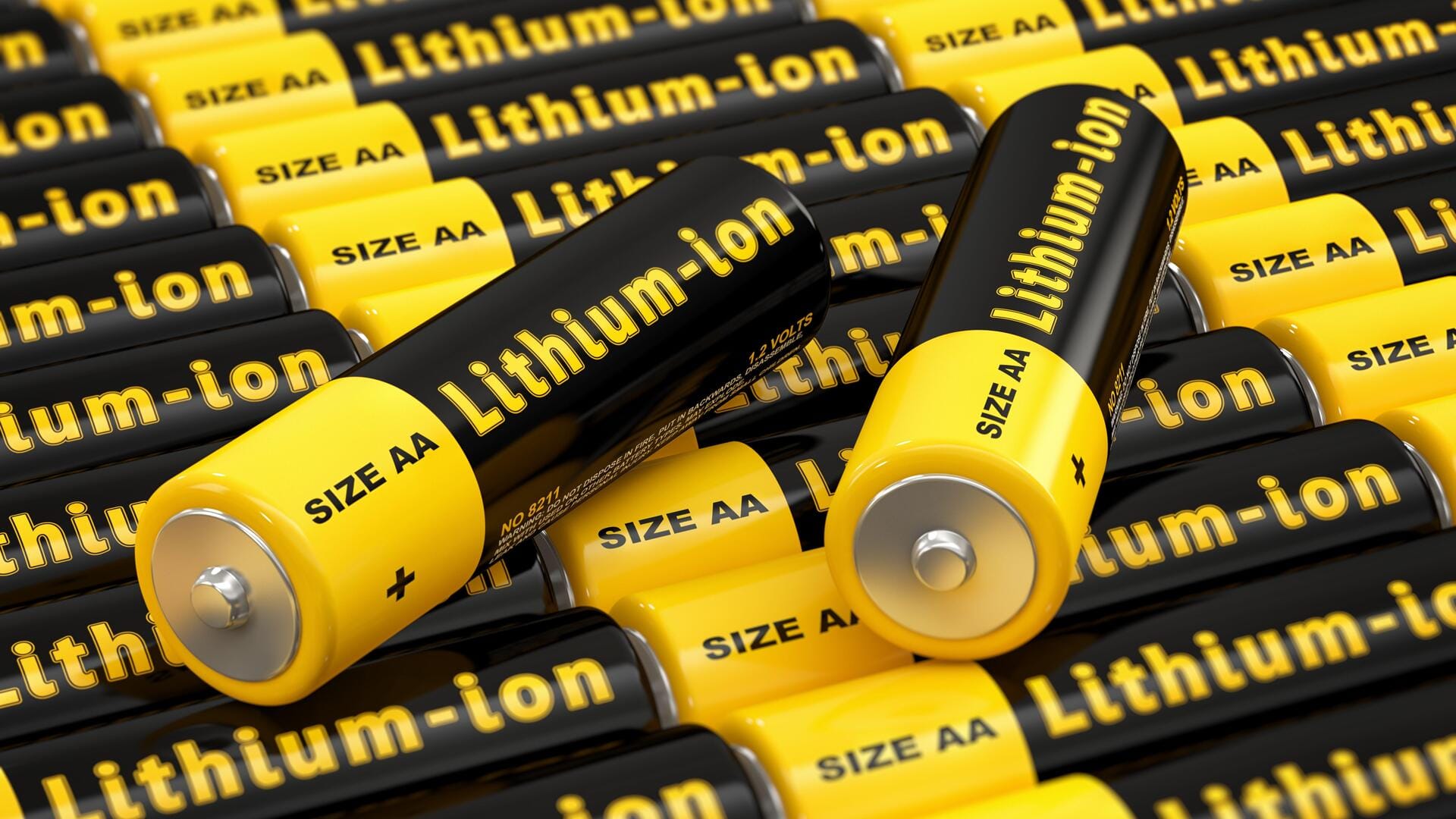
Study links lithium-ion batteries to rising air and water pollution
What's the story
A study published in Nature Communications has identified lithium-ion batteries, a key component of clean energy infrastructure, as an increasing source of per- and polyfluoroalkyl (PFAS) pollution. The research team discovered that bis-perfluoroalkyl sulfonimides (bis-FASIs), a new subclass of PFAS used in these batteries, are contaminating air and water at an alarming rate. "Our results reveal a dilemma associated with manufacturing, disposal, and recycling of clean energy infrastructure," said Jennifer Guelfo from Texas Tech University.
Pollution spread
High levels of PFAS found near manufacturing plants
The researchers collected samples from air, water, soil, snow, and sediment near manufacturing plants in Minnesota, Belgium, and France. They discovered high levels of bis-FASI concentrations in these samples. Guelfo emphasized the need for technologies that can combat climate change without increasing PFAS pollution. The data also suggested that air emissions of bis-FASIs could affect areas far from manufacturing sites.
Environmental impact
PFAS toxicity alters aquatic life
Toxicity testing revealed that bis-FASI concentrations similar to those found at the sampling sites, can alter behavior and fundamental energy metabolic processes in aquatic organisms. While human toxicity of bis-FASI is not yet studied, other PFAS are linked to serious health issues like cancer and infertility. "These results illustrate that treatment approaches designed for PFOA and PFOS can also remove bis-FASIs," said study author Lee Ferguson from Duke University.
Battery disposal
Lithium-ion batteries identified as potential PFAS vector
The study discovered bis-FASIs in liquids that leached from landfills, indicating lithium-ion batteries as a possible vector for chemical pollution. "It's definitely not intended to be anti-clean or sustainable energy ... It's really meant to highlight, 'Hey, let's include environmental risk assessments of the things that we're using in this infrastructure,'" Guelfo stated. The researchers tested 17 different batteries and saw bis-FASIs in 11 of them, further emphasizing the need for proactive measures against environmental releases of PFAS.
Mitigation efforts
Call for proactive measures against PFAS releases
The researchers tested existing lab samples of leachates collected from North Carolina landfills, and discovered concentrations nearing the parts per billion range. Guelfo concluded by advocating for a proactive stance in mitigating environmental releases of PFAS. She emphasized the importance of adopting clean energy technologies that can reduce carbon dioxide emissions, while minimizing environmental impact. "We should use the momentum behind current energy initiatives to ensure that new energy technologies are truly clean," Guelfo added.